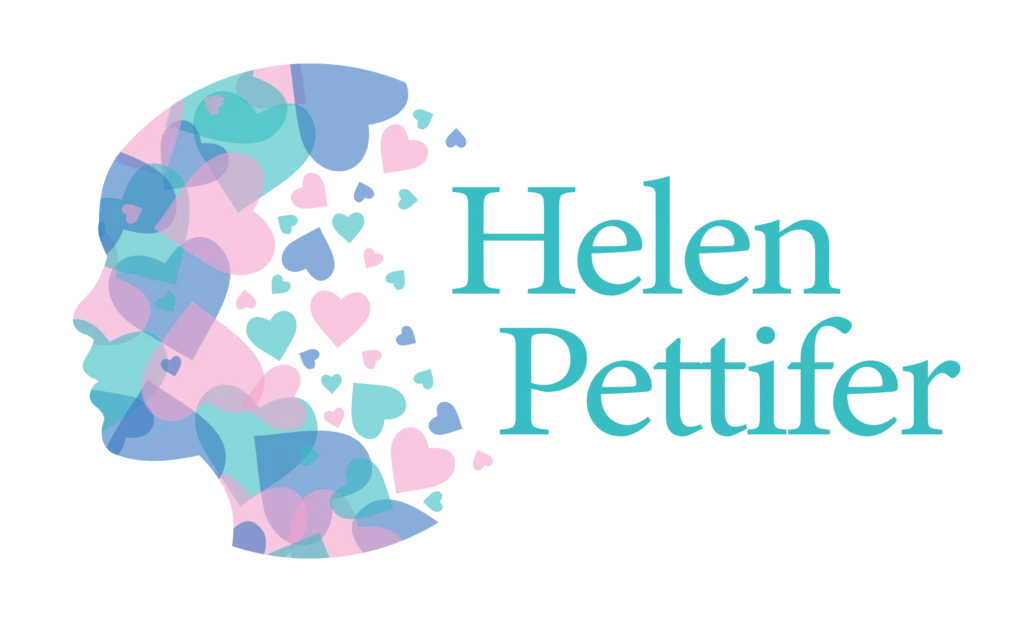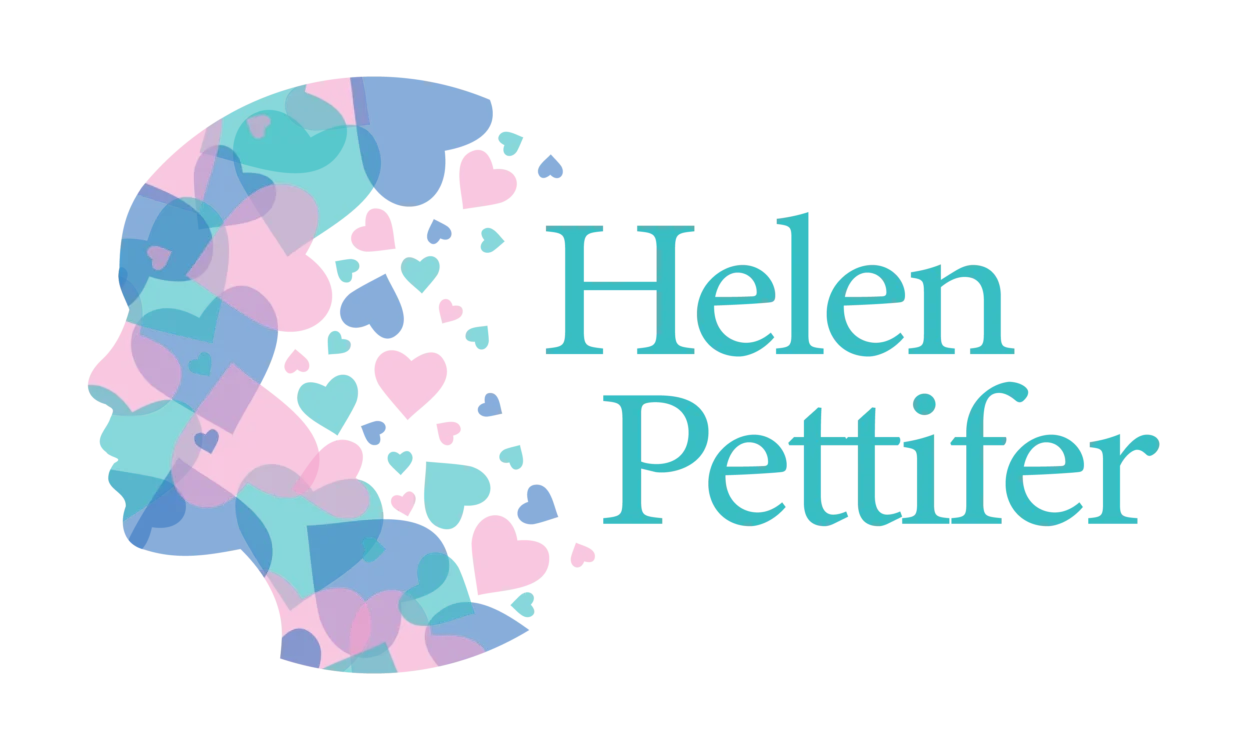The Vulnerable Customer Journey
When was the last time you reviewed your customer journeys to monitor the experience? It’s a process we’ve been working on as part of our website update. The challenge is to put yourself in the customers’ shoes. Have you considered customer interactions from the perspective of those with specific needs?
Consumer Duty focuses on delivering positive outcomes, especially for vulnerable customers. This has to be achieved at every touchpoint. So, in this article, we explore the vulnerable customer journey.
Customer Journey Mapping
Work is underway on a new website for Helen Pettifer Training. An essential part of this process has been mapping out our customer journey. What do our customers need and want from us at each point of interaction? How can we make it easier for them to reach their desired outcome, whilst also streamlining internal processes?
We’ve considered how a potential customer might:
- Discover our services
- Choose to make contact
- Decide on whether or not to book our services or purchase a product
- Prepare and engage other members of their team
- Implement and monitor the impact of our services
- Request additional services to meet their requirements
- Share or recommend our services to others
An accessible and easy-to-navigate website is one thing, yet we also need to understand potential barriers at each stage. What can we put in place to ensure all customers can easily reach the desired outcome? Where have issues arisen in the past?
Standard Process or Personalised Experience?
This customer journey mapping includes working out where automated communications aid efficiency and when personalised interactions are beneficial.
Automation can streamline communications and processes. It saves considerable admin time and can be effective at providing a responsive service to customers. However, it isn’t appropriate in all cases. One element of customer journey mapping is deciding when a different approach is required.
This brings to mind a recent issue that my son and I have had with correspondence. He received a large and unexpected bill from the Council. Whilst I was in discussion with someone in Finance, trying to understand what the bill was for and arrange an affordable payment plan, the first demand letter arrived. Shortly after, a second and then a final demand with a threat of court action.
Now, the person sending the letters doesn’t know that my son has additional needs. He is just another customer receiving the standard process for unpaid bills. So, it could be argued that, unless you know someone is vulnerable, you can’t put in place appropriate responses. However, the bill has been generated by Adult Social Care. Surely that indicates that the customer is likely to be vulnerable and a different approach is advisable.
Within your organisation, what circumstances would likely indicate that a customer may need additional support to reach their desired outcome? Are certain services only accessed when a customer is bereaved or recently involved in an accident? When is a personalised interaction likely to be the best approach?
Our More than Meets the Eye resource includes a range of health conditions and life events that drive vulnerability. These can help you to consider processes and interactions from the perspective of customers with specific needs.
First Steps in the Vulnerable Customer Journey
You may have highly trained employees, who are confident and skilled in identifying and responding to vulnerable customer needs. Your organisation may have dedicated support for customers facing specific circumstances.
However, an inaccessible website or limited communications options may mean that customers never reach the point where they are talking to your team in person. How easy is it to find your phone number and get through? What if that customer has no access to the internet or limited credit for a call?
Consider written correspondence, including online forms. Is the language clear and easy to understand? I know I have found some letters, forms and instructions confusing, so I can imagine it can be baffling for someone who isn’t a native speaker or has additional learning needs. A focus on improving readability, shortening forms and offering written information in a choice of formats can make all the difference.
These first steps in the customer journey may be barriers that prevent potential or existing customers from getting the services they require from your organisation. This could prevent them from dealing with an issue that inevitably places them in ever more vulnerable circumstances.
A Process of Continuous Improvement
Creating a seamless customer journey for all is far from straightforward. We can never fully understand the experiences of others. This is why all organisations can benefit from actively seeking out customer feedback. How easy did they find it to get in touch and did they achieve their desired outcome?
Invite feedback from focus groups and surveys, as well as following up on customer complaints. These all offer ways to hear different perspectives and drive continuous improvement.
The more we listen and respond to feedback, the more we can help customers reach a positive outcome. That is what Consumer Duty is all about.
Further reading:
Steps of Customer Journey Mapping from the Chartered Institute of Marketing:
https://www.cim.co.uk/content-hub/blog/five-stages-of-your-customers-buying-journey/
FCA’s Ensuring the Fair Treatment of Customers in Vulnerable Circumstances:
https://www.fca.org.uk/firms/treating-vulnerable-consumers-fairly/ensuring-fair-treatment
About the author.

Helen Pettifer FRSA.
Helen Pettifer is Director of Helen Pettifer Training Ltd and a specialist in the fair treatment of vulnerable customers.
She has a background in call centre management and is committed to customer service excellence. Her training ensures front-line staff gain the awareness and resources to confidently identify and respond to signs of vulnerability.
Helen Pettifer is a British Standards Institution (BSI) associate consultant for BS 22458: 2022 Consumer Vulnerability, a Mental Health First Aider, a Suicide First Aider, a Dementia Friend, and a Friends Against Scams Champion. Recognised as a changemaker, she was invited to become a Fellow of the Royal Society of Arts in 2022.



